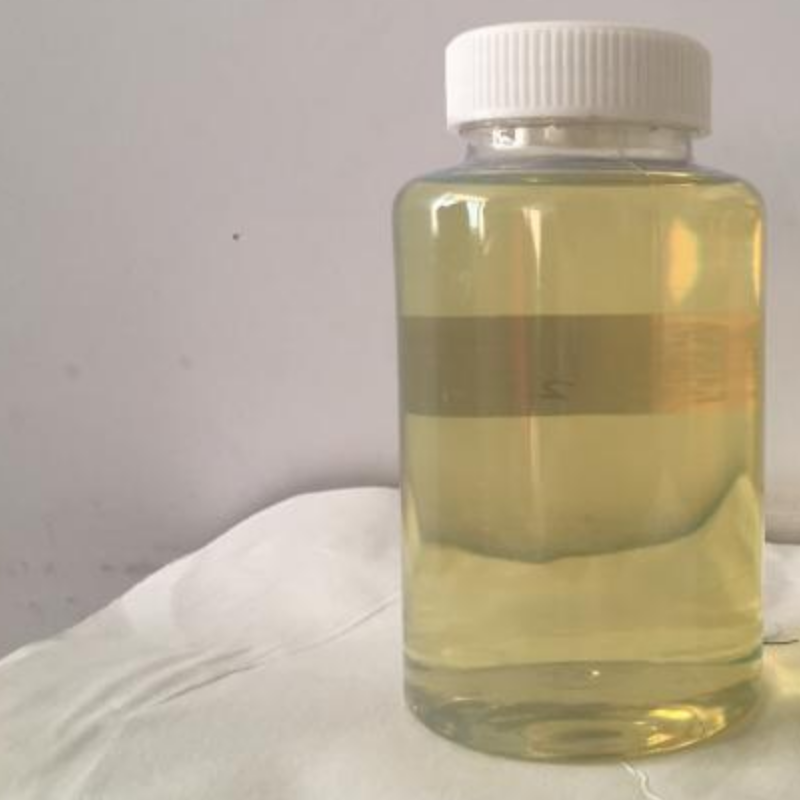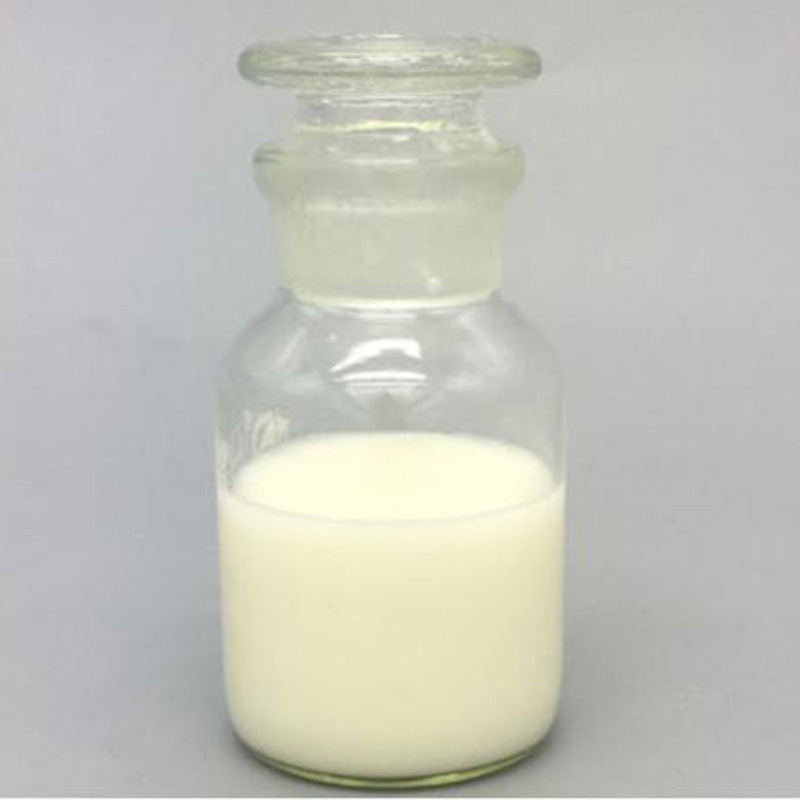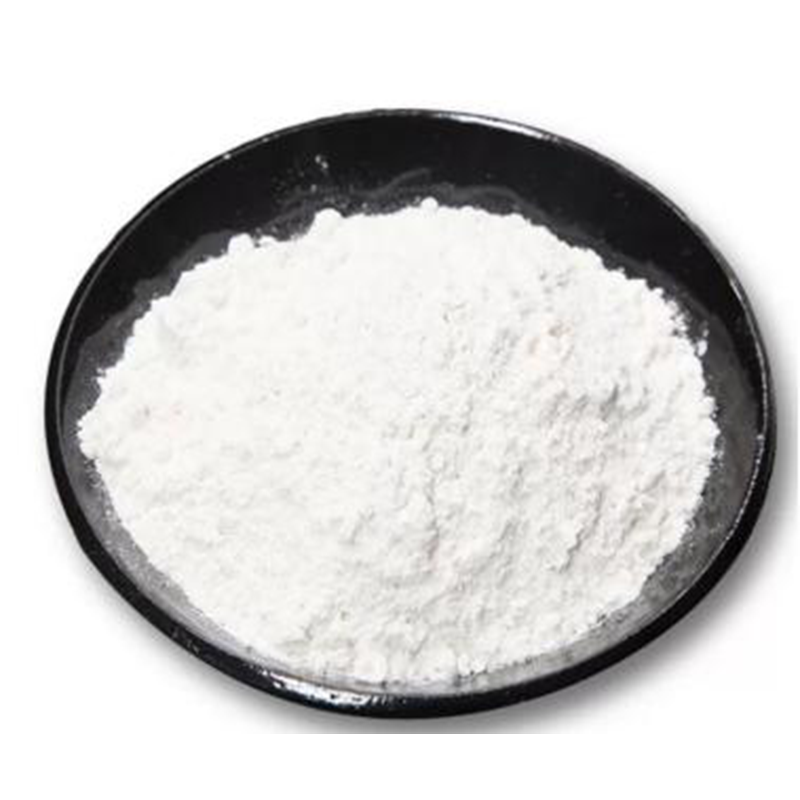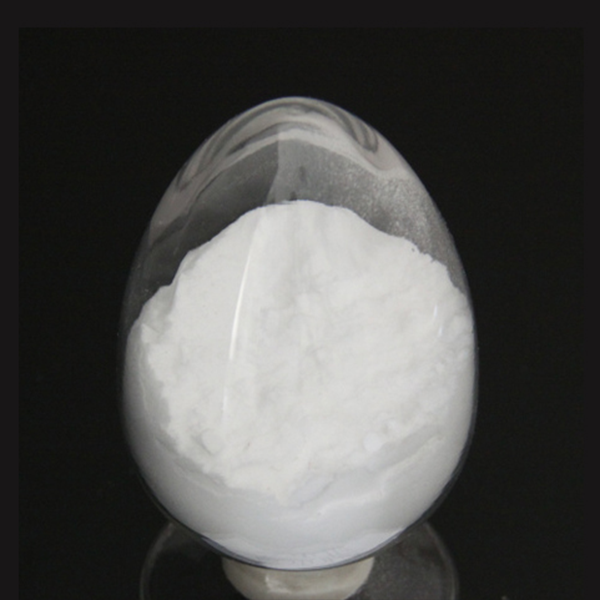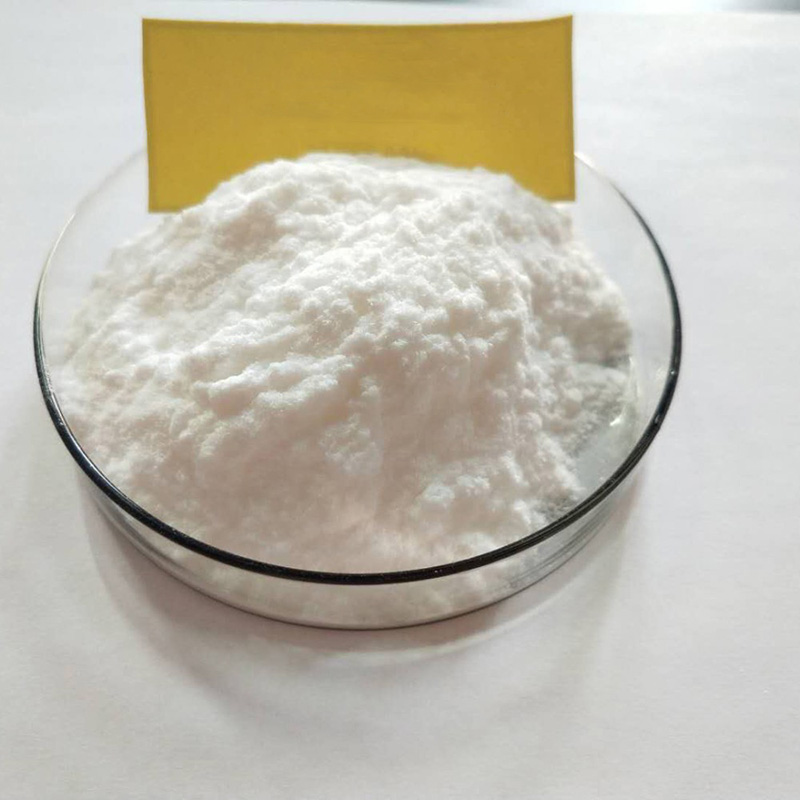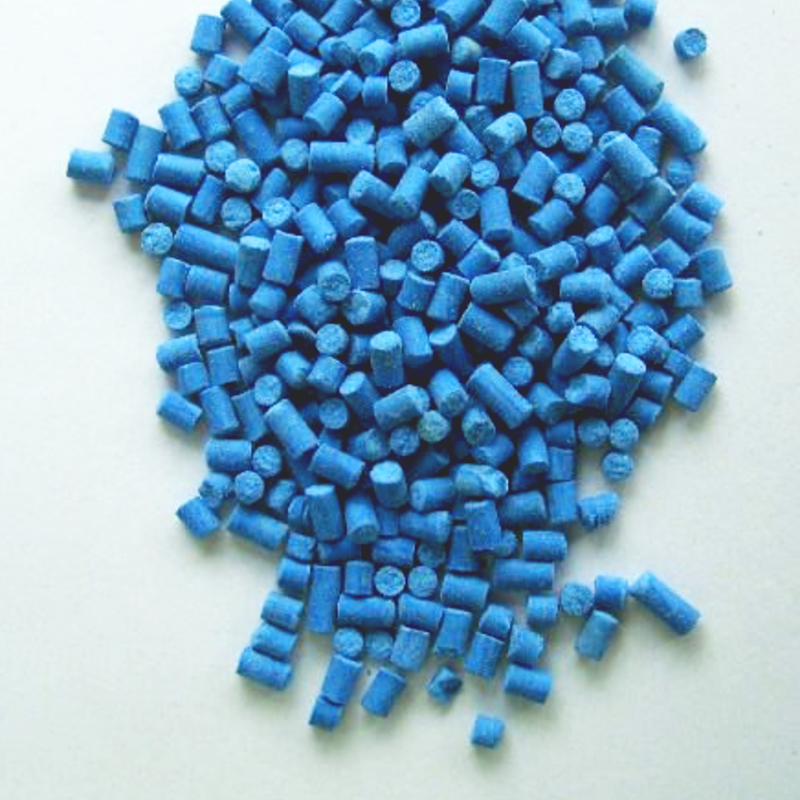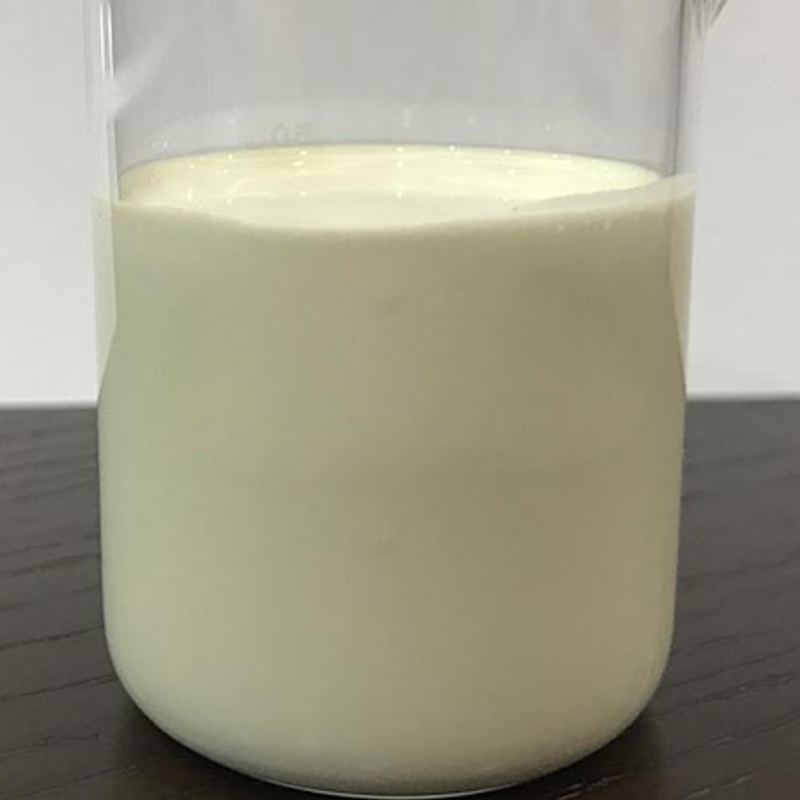Bifenthrin pyrethroid acaricide insecticide for crop protection
Product description
Bifenthrin is a member of the pyrethroid chemical class. It is an insecticide and acaricide which affects the nervous system and causes paralysis in insects. The products containing bifenthrin are effective in controlling over 75 different pests including spiders, mosquitoes, cockroaches, ticks and fleas, pillbugs, chinch bugs, earwigs, millipedes, and termites. It is widely used against ant infestations. Like many other insecticides, bifenthrin manages insects by paralyzing the central nervous system upon contact and ingestion.
On a large scale, bifenthrin is often used against invasive red fire ants. It is also effective against aphids, worms, other ants, gnats, moths, beetles, earwigs, grasshoppers, mites, midges, spiders, ticks, yellow jackets, maggots, thrips, caterpillars, flies, fleas, spotted lanternflies and termites. It is mostly used in orchards, nurseries, and homes. In the agricultural sector, it is used in great amounts on certain crops, such as corn.
Bifenthrin is used by the textile industry to protect woollen products from insect attack. It was introduced as an alternative to permethrin-based agents, due to greater efficacy against keratinophagous insects, better wash-fastness, and lower aquatic toxicity.
Bifenthrin is not absorbed by plant foliage, nor does it translocate in the plant. Bifenthrin is relatively insoluble in water, so there are no concerns about groundwater contamination through leaching. It’s half-life in soil, the amount of time it takes to degrade to half of its original concentration, is 7 days to 8 months depending on the soil type and the amount of air in the soil. Bifenthrin is hardly soluble in water, so nearly all bifenthrin will stay in the sediment, but it is very harmful to aquatic life. Even in small concentrations, fish and other aquatic animals are affected by bifenthrin.
Bifenthrin and other synthetic pyrethroids are being used in agriculture in increasing amounts because of the high efficiency of these substances in killing insects, the low toxicity for mammals, and good biodegradability.
